From Lynne:
Welcome to the kitchen of the primary school at St. Moritz, and meet some of the children who study there.
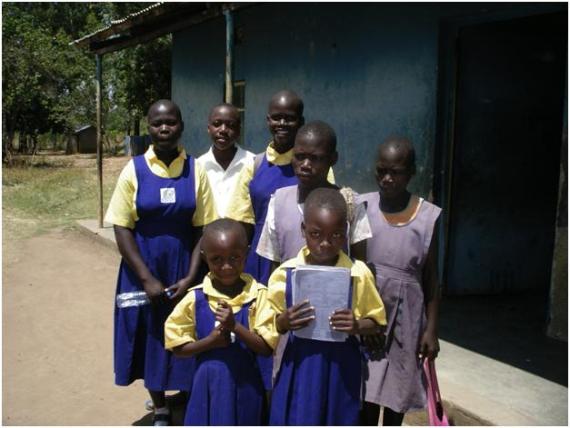
Bridget is the imp on the front left
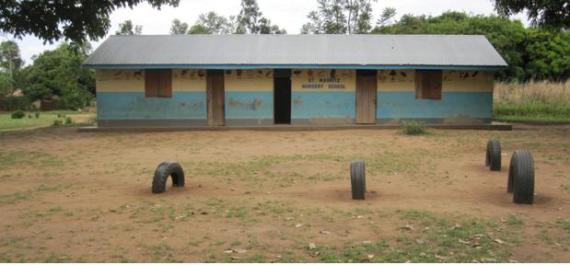
The nursery school and playground at St. Moritz
The children are delighted to have their pictures taken and want to see the result on the digital screen. As school terms begin now, everyone is scrambling for school fees, and people ask us on the road to help send their children. My brother-in-law received a letter from the gateman where we stay passionately requesting help.
The schools were started by missionaries who still staff some of them. Yet control has been taken over by the government which does everything but provide funding. Teachers have not been paid for months, and understandably, some show up and some do not. The cooks bake cupcakes and are very proud of their stove which is a charcoal fire box. They drag limbs and pieces of trees in and chop them themselves to make charcoal.
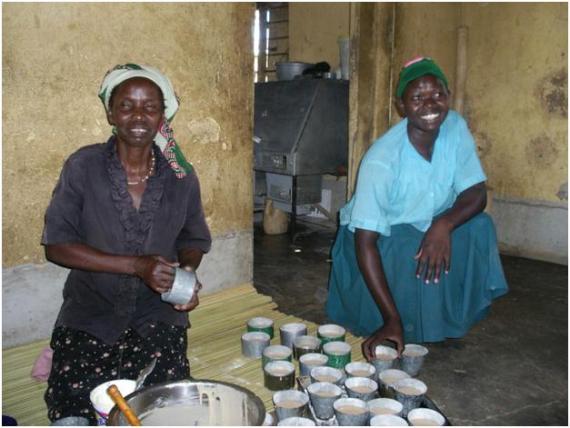 The sisters we stay with sponsor about 30 children at an average of $200 US each, often including room and board. We are well in a district with lots of schools, so we see the children, all in bright uniforms identifying their school, everywhere. Day students go home for lunch, carrying their shoes for the journey to avoid wearing them out. Resident students wash their clothes in plastic tubs (just like we do!) and lay them across bushes and off of small trees to dry. No books, no paper, no pens, so everything is by memorization.
The sisters we stay with sponsor about 30 children at an average of $200 US each, often including room and board. We are well in a district with lots of schools, so we see the children, all in bright uniforms identifying their school, everywhere. Day students go home for lunch, carrying their shoes for the journey to avoid wearing them out. Resident students wash their clothes in plastic tubs (just like we do!) and lay them across bushes and off of small trees to dry. No books, no paper, no pens, so everything is by memorization.
Here is the scale for weighing babies and toddlers at the entrance to JoAnn’s clinic at St Moritz:

 This place has no electric and no running water. They did have lights once, but the solar panels were stolen, and they do have a bore hole (well), but the water is bad—they are not sure why. So, like everyone else, they work during the day and carry water when they need it.
This place has no electric and no running water. They did have lights once, but the solar panels were stolen, and they do have a bore hole (well), but the water is bad—they are not sure why. So, like everyone else, they work during the day and carry water when they need it.
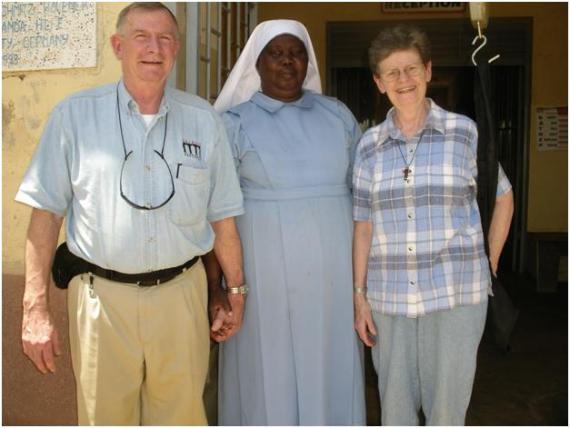
- Jim, Sister Helen and JoAnn smiling together at St. Moritz
Sister Helen is a midwife, and they are hoping to build a birthing center. (Frank, this may be the one!) JoAnn sees up to 50 patients a day, usually pediatrics and adult onset diabetes. Everybody, including us, eats too many carbs to fill up. And yes, JoAnn has discussed the diabetes with Sister Helen.
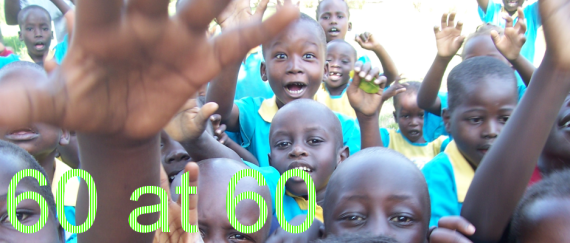
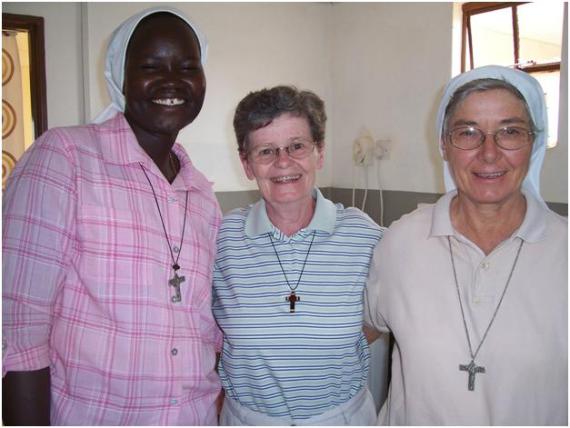

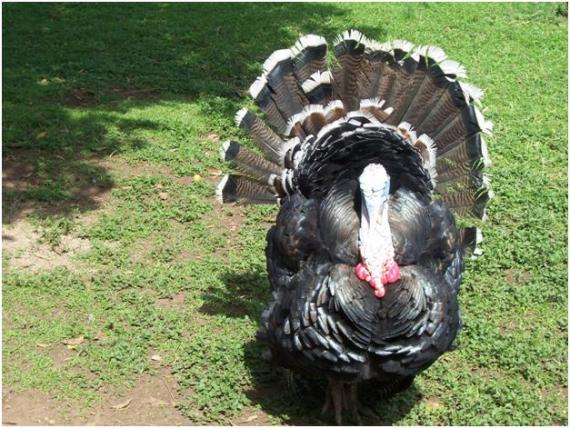
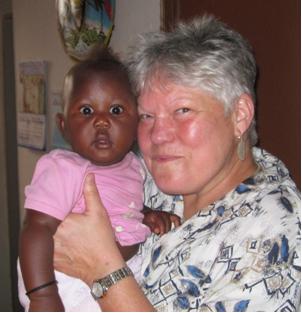
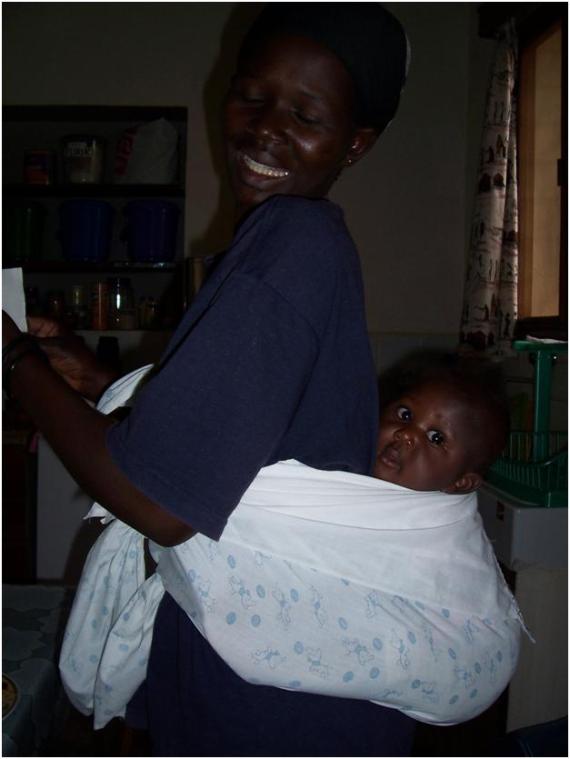
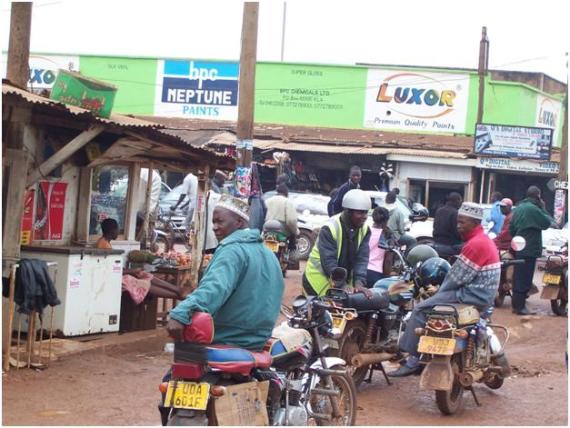
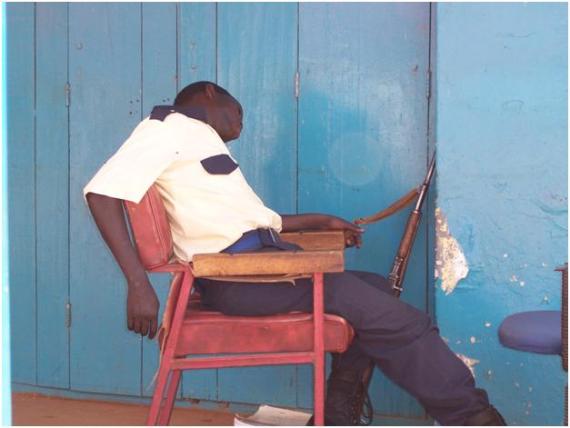
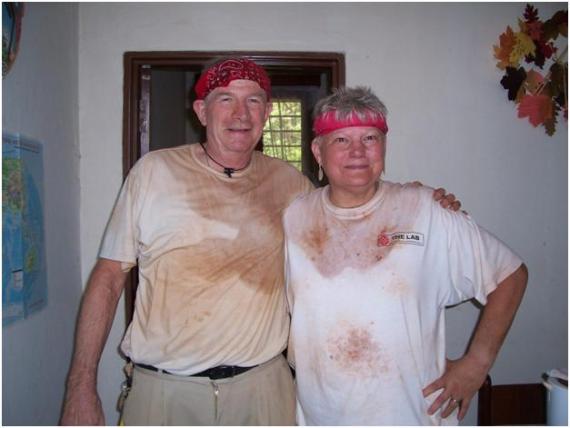
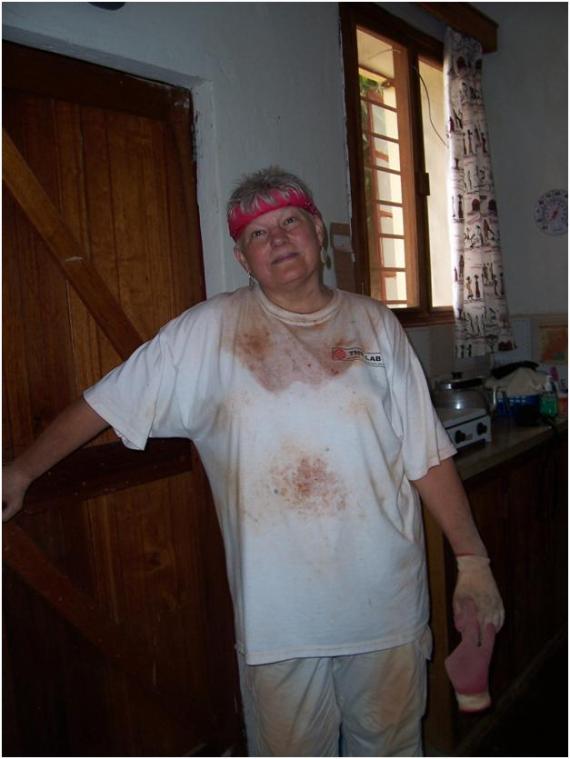
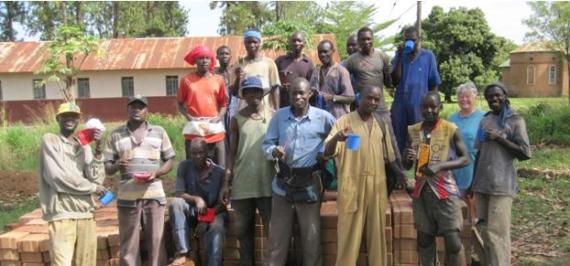
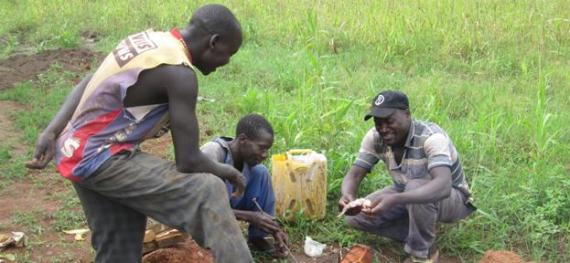
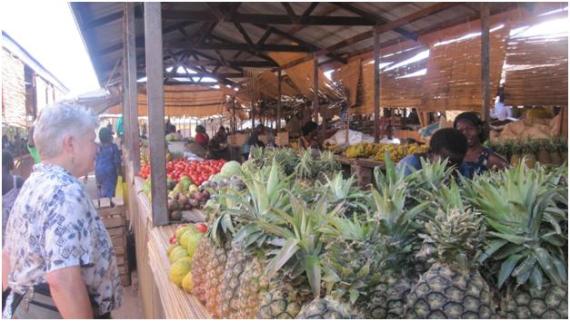
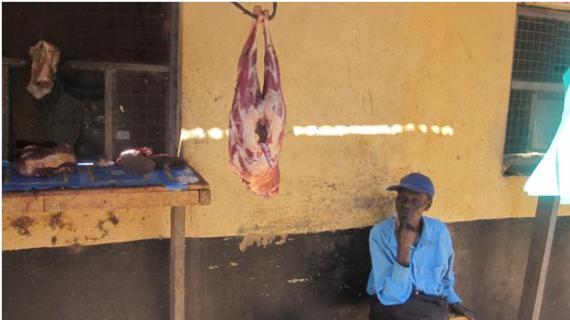
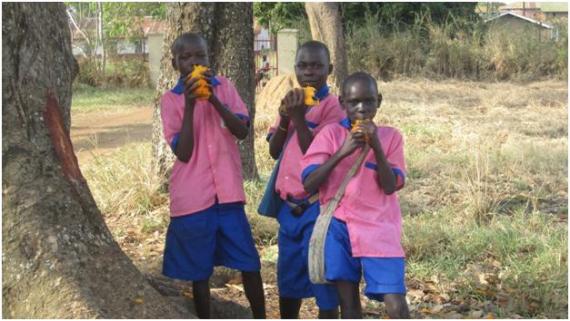




 This place has no electric and no running water. They did have lights once, but the solar panels were stolen, and they do have a bore hole (well), but the water is bad—they are not sure why. So, like everyone else, they work during the day and carry water when they need it.
This place has no electric and no running water. They did have lights once, but the solar panels were stolen, and they do have a bore hole (well), but the water is bad—they are not sure why. So, like everyone else, they work during the day and carry water when they need it.

